11 Things You’ll Wish You Knew Before Letting Your Dog Roam Free
Letting a dog roam might feel like the norm in the country, but it comes with a lot more risk than most folks expect. Freedom is great until something goes wrong—and when it does, it happens fast.
If you’re new to land life or considering letting your dog off-leash regularly, these are the things worth knowing ahead of time, not after the fact.
They Won’t Stay Close as Long as You Think
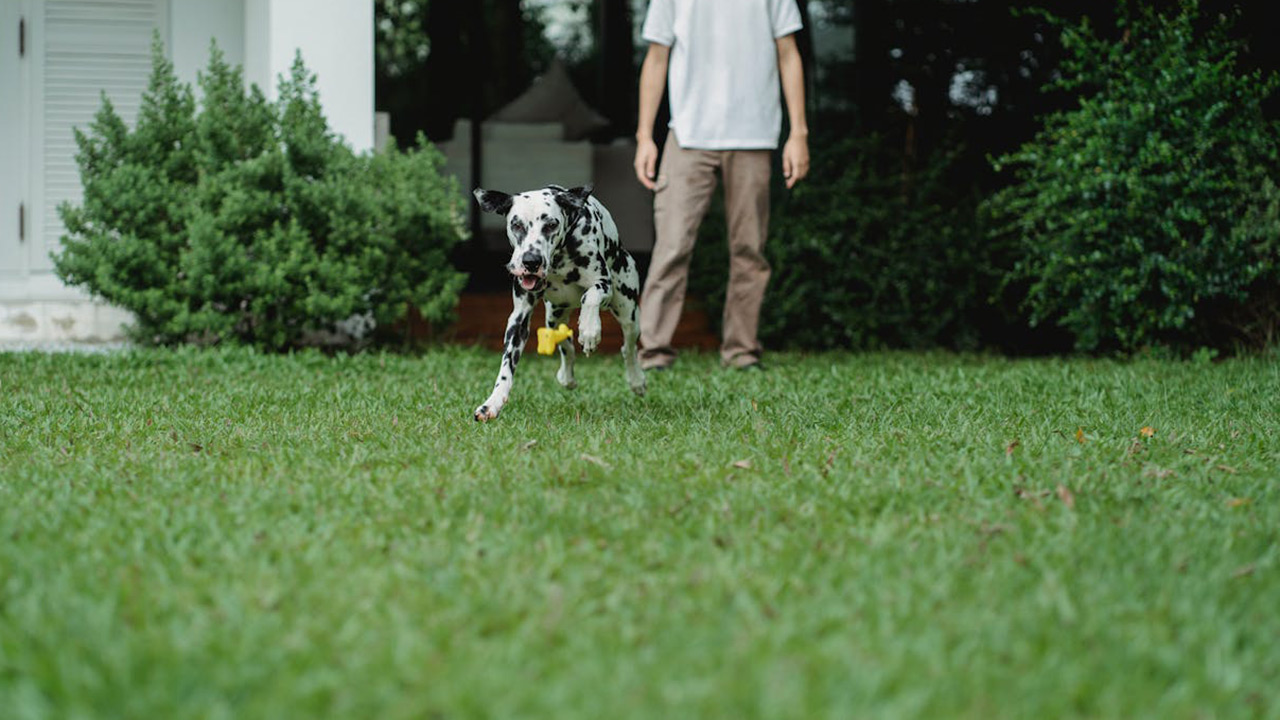
Even a dog that normally sticks around will eventually test their limits. All it takes is one scent or sound, and they’re off.
They might wander back on their own—or they might not. You don’t want to find that out after you’ve already let them loose a few times.
Country Dogs Still Get Hit by Cars
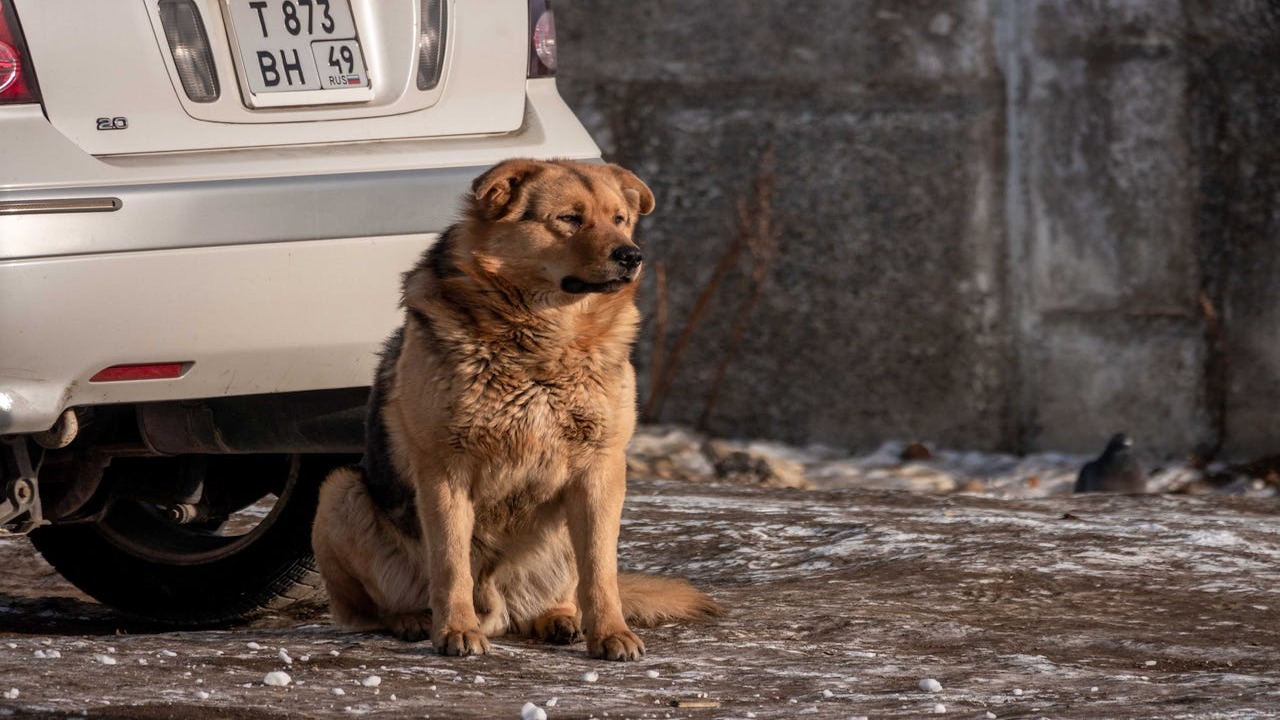
There may not be a lot of traffic, but what’s there usually moves fast. And dogs don’t know how far a vehicle can travel in 10 seconds.
If you’re near a road, even a rural one, don’t assume distance keeps them safe. It doesn’t take much for things to go sideways.
Livestock Can Be a Real Danger

Cattle, horses, goats—none of them are as friendly as your dog thinks they are. Dogs that get too close can be kicked or trampled.
Some farmers will also shoot to protect their animals. Wandering dogs aren’t seen as cute—they’re seen as a threat.
They’ll Always Find the Muddiest Spot
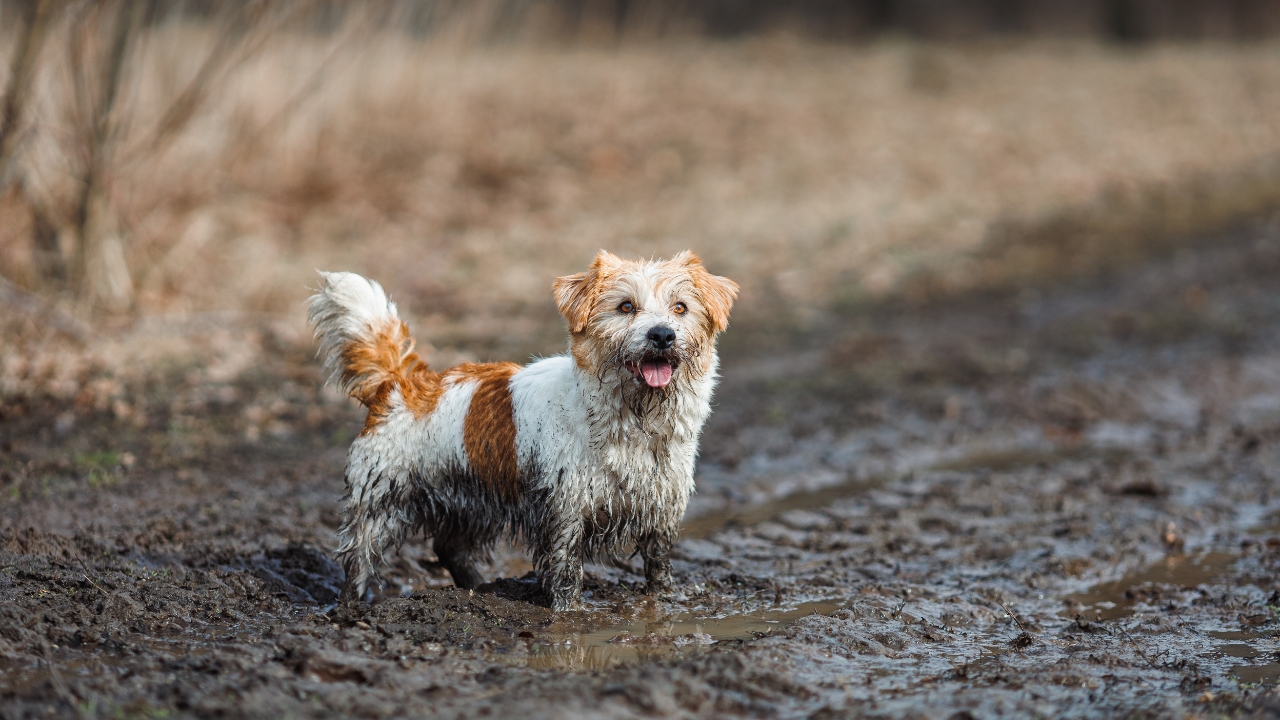
Out in the country, mud isn’t just a spring problem—it shows up any time the ground’s soft. And dogs will always seek it out.
Letting them roam means you’re also letting them pick up every bit of that mess and bring it back inside.
Wildlife Will Lure Them Off

Deer, rabbits, skunks, armadillos—you name it. If it moves, it’s something to chase. And once your dog’s locked onto it, they’re not listening to you.
This is how dogs end up miles away or come home injured. Even if they’re not aggressive, the chase instinct is strong.
Not All Neighbors Are Dog People
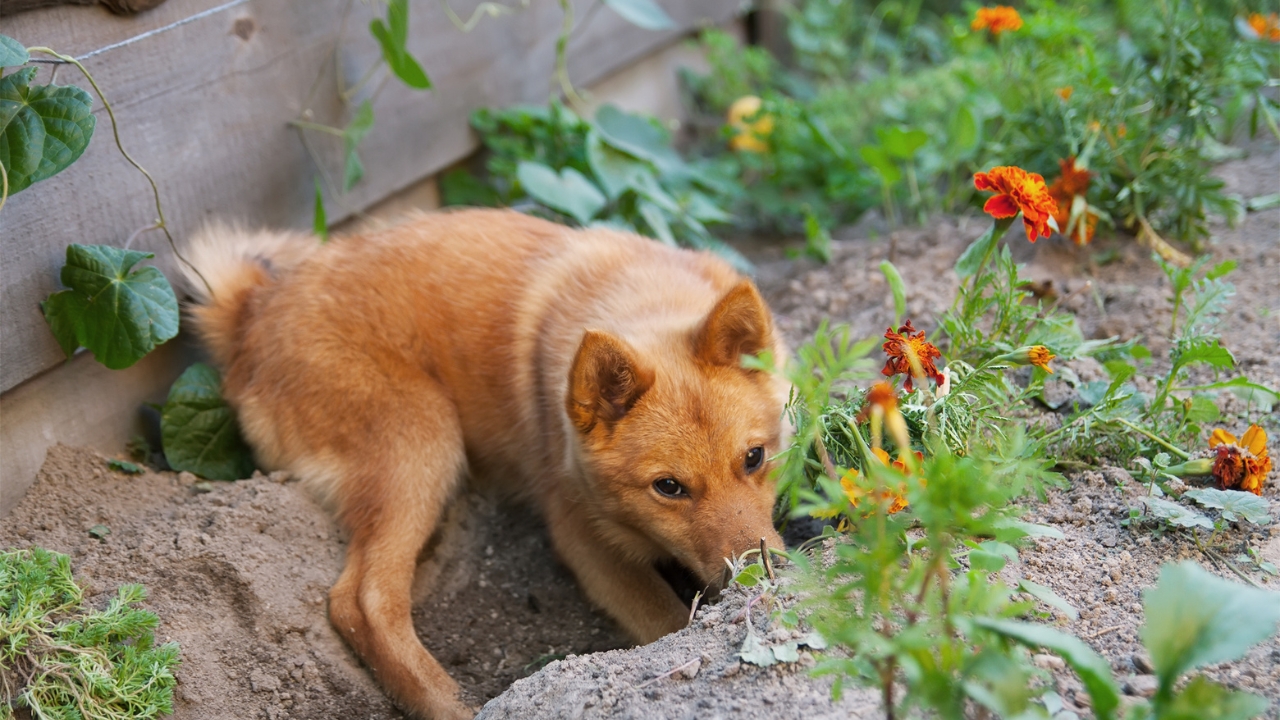
You might be kind and understanding, but that doesn’t mean your neighbors will be. A roaming dog digging up gardens or barking near someone’s porch won’t go over well.
Respect the people around you. Fences, tethers, or supervised freedom are better than dealing with complaints—or worse.
Fencing Is Cheaper Than Emergencies

You’ll spend less money and time putting up a good fence than you will dealing with vet bills, legal trouble, or lost dog posters.
Even a temporary solution is better than nothing if your dog has started wandering. Prevention is cheaper than the fallout.
GPS Collars Aren’t Foolproof
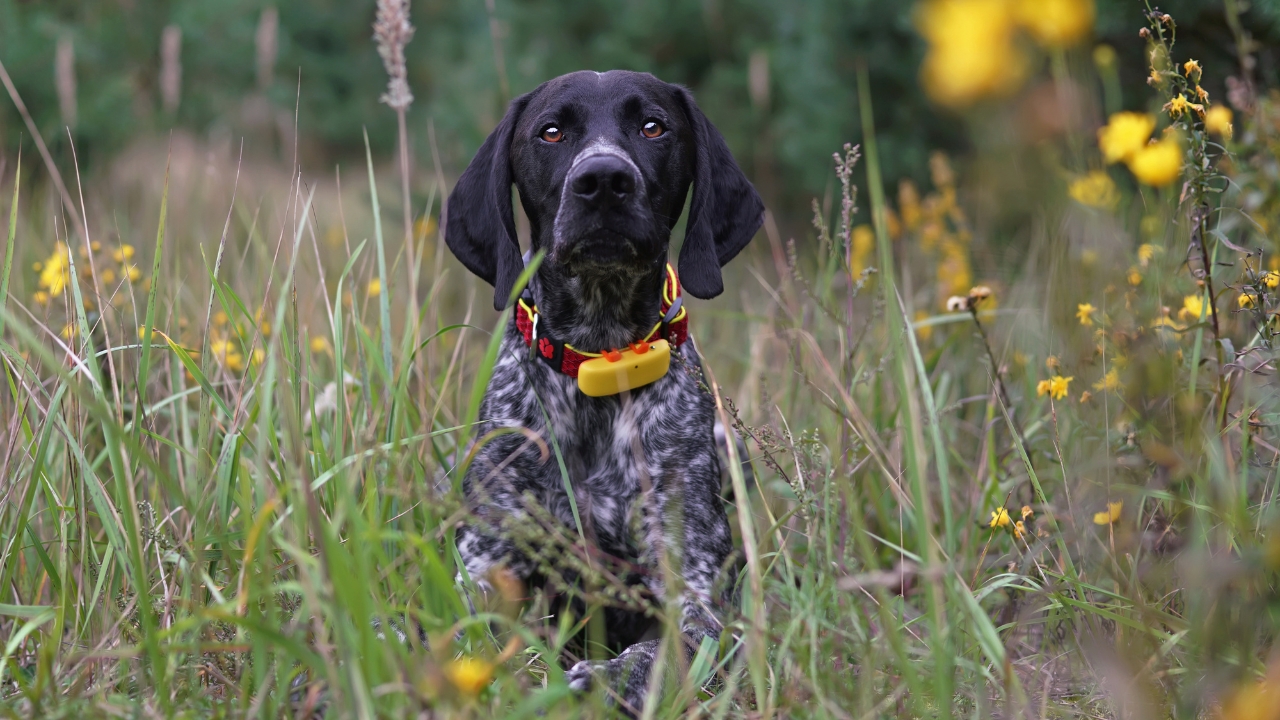
They can help, sure—but they’re not perfect. Batteries die, signals fail, and collars come off. Don’t rely on tech to replace proper boundaries.
If you’re going to use one, pair it with training and real containment. A collar can’t do all the work for you.
Training Doesn’t Stick Without Reinforcement

Recall is great when practiced—but without consistency, it fades. Dogs need constant reinforcement to make it stick in real-life distractions.
If you’re not actively working recall or redirecting bad habits, roaming will become their default mode.
Some Dogs Turn Into Wanderers Overnight
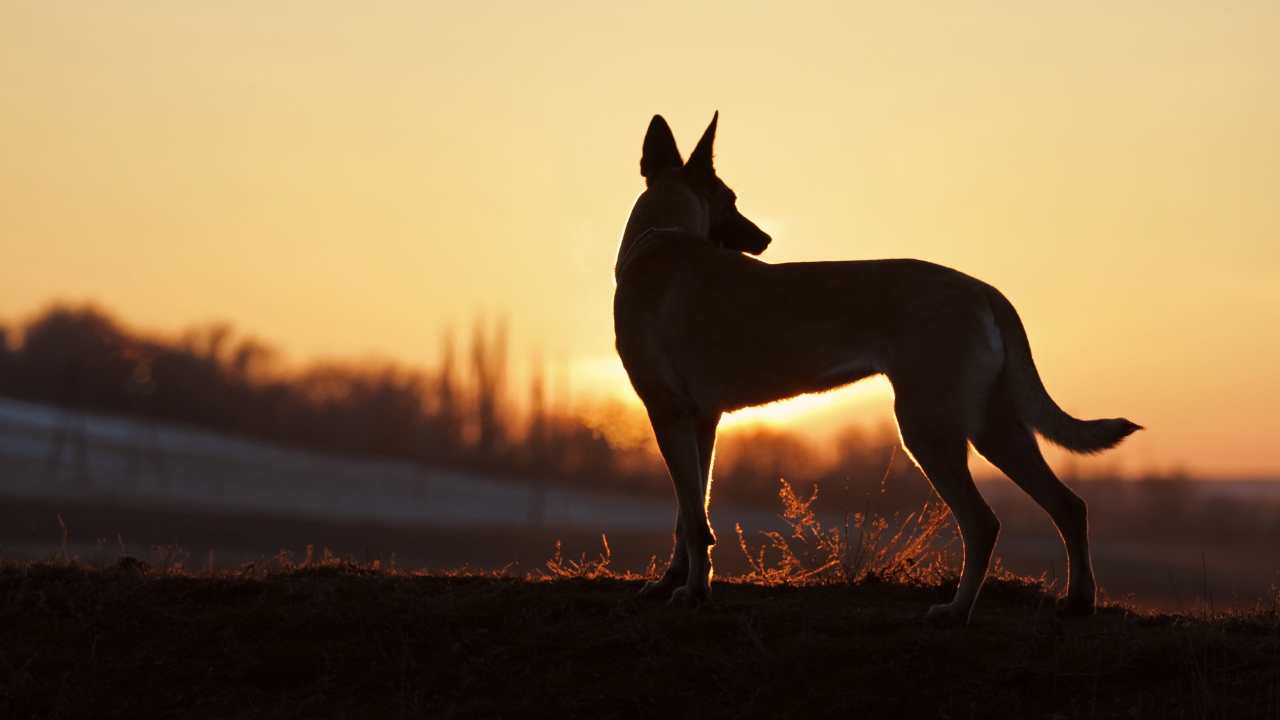
It only takes one successful “adventure” to flip a switch. A dog that’s always stayed close might suddenly become the one you can’t catch.
As soon as that first boundary break happens, take it seriously. Don’t wait for it to become a pattern.
The Country Isn’t as Safe as People Think

Predators, poisons, hidden fences, open wells—there are a hundred hazards most people don’t even consider. The open space feels safer than it is.
Roaming might feel natural, but it’s risky. Controlled freedom is always a better bet than total run of the land.
*This article was developed with AI-powered tools and has been carefully reviewed by our editors.







